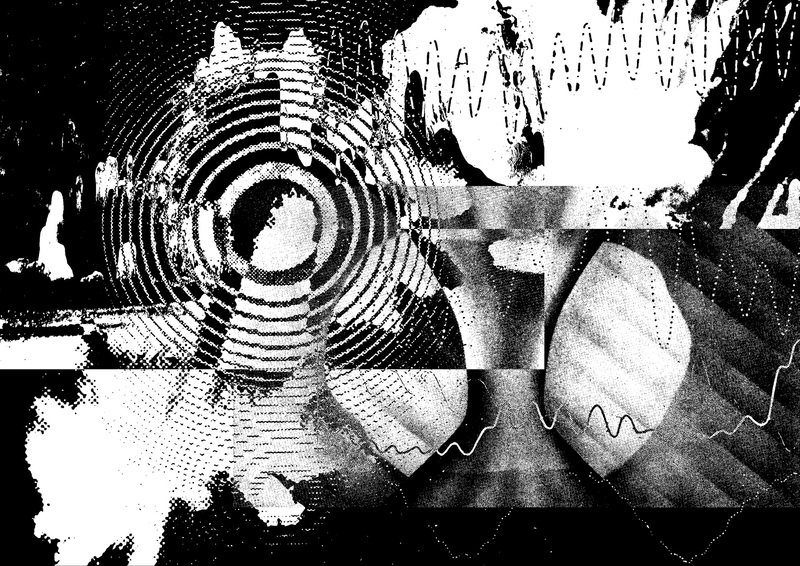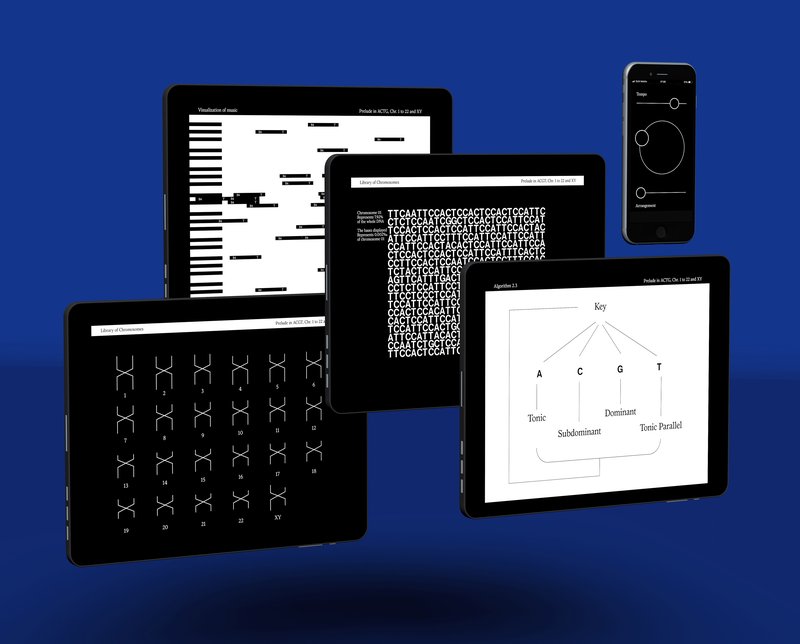
BA GRAPHIC DESIGN
Benoît Rochat – Harmonic Structures
with Nicole Udry, Jonathan Hares
Harmonic Structures is an attempt to develop a modular and musical graphic language that could form the basis of a sound architecture. The first issue reviews information specific to the building and the population of Le Lignon in Geneva, in order to apply it in a two-dimensional musical notation system. Finally, these data are interpreted by a musician using an MPC 1000 to communicate in acoustic terms what precisely constitutes the building.










